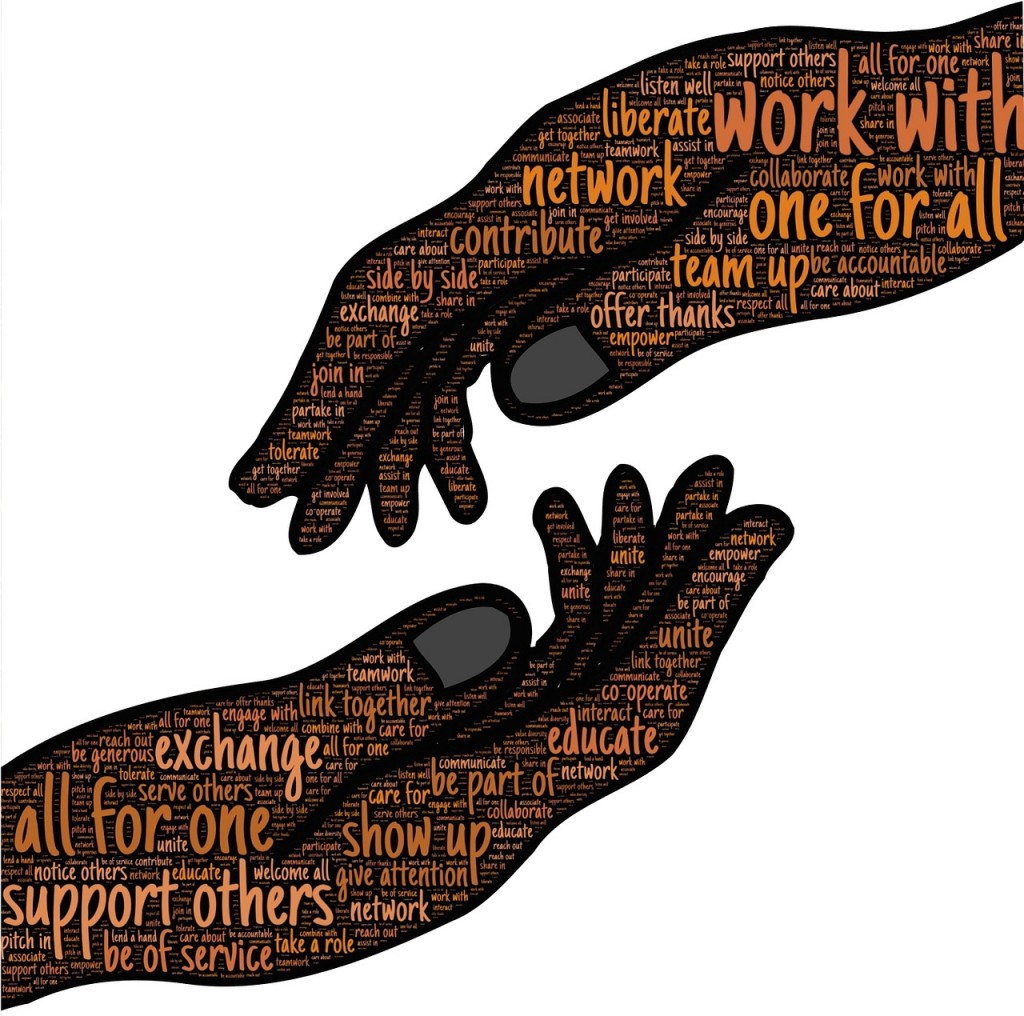Thoughtstorm
2015
A Research Based Collaboration Platform Blueprint for Organizations

Organizations are increasingly supplementing formal learning methods with informal learning initiatives. This is because we face a highly dynamic workplace, where each day, we deal with problems that we may never have encountered before. Traditionally, companies relied on employees’ past experience and special Research and Development teams for innovation. However, now survival skills include the ability to adapt and to collaborate formally and informally with individuals from diverse domains to arrive at solutions to complex, unprecedented problems.
Before beginning to design a collaboration platform for an organization, it is essential to understand how collaboration happens and what it can facilitate.
In an informal network each individual comes with a particular skill set, and an internal drive to learn from and to contribute to the network. When people with diverse backgrounds join forces, they bring out different sides of a problem that lead to richer and quicker solutions.
As Steven Johnson, the author of Where Good Ideas Come From says, “When ideas take form in this ‘hunch’ state, they need to collide with other ‘hunches’. Often times the thing that turns a hunch into a real breakthrough is another hunch that’s lurking in someone else’s mind, and you have to figure out a way to create systems that allow those hunches to come together and turn into something bigger than the sum of their parts.” Given this background, we look at a structured framework for collaboration within organizations.
A Collaboration Platform Blueprint for Organizations
Shawn Callahan, Mark Schenk, and Nancy White provide a framework for building collaborative workplaces. According to them, organizations can foster three types of collaboration:
- Team collaboration—the members of the group are known, there are clear task dependencies, expected reciprocity, and explicit time-lines and goals
- Community collaboration—there is a shared domain or area of interest, but the goal is more often focused on learning rather than on the task
- Network collaboration—starts with individual action and self-interest, which then accrues to the network as individuals contribute or seek something from the network
Any platform for collaboration should be designed based on a deep understanding of the collaboration philosophy and a defined framework. The platform should cater to individuals’ personal learning interests, give them ample opportunity to express themselves, and allow them to interact with people from diverse fields and from across borders.
The tables below show how success criteria for each type of collaboration can be translated into a blueprint for a collaboration platform.
|
Success Criteria for Teams |
Blueprint of the Collaboration Platform |
|
For teams to be successful, members should have:
|
The collaboration platform should provide:
|
|
Essential Skills for Employees |
|
|
Success Criteria for Communities |
Blueprint of the Collaboration Platform |
|
For communities to be successful, members should have:
|
The collaboration platform should provide:
|
|
Essential Skills for Employees |
|
|
Success Criteria for |
Blueprint of the Collaboration Platform |
|
For networks to be successful, members should have:
|
The collaboration platform should provide:
|
|
Essential Skills for Employees |
|
Another important consideration while implementing a collaboration platform is the launch. How you launch your organization’s collaboration platform can mean the difference between success and failure. A well-planned launch can make people engage with your platform. Some tips on how to launch a collaboration platform for your organization.
Research Reference: Full Circle Associates, Shawn Callahan, Mark Schenk, and Nancy White: http://www.anecdote.com.au/papers/AnecdoteCollaborativeWorkplace_v1s.pdf
Image Reference: https://pixabay.com/en/users/johnhain-352999/
Contact us
Write to us and we'll get back to you soon. Or feel free to call us.
Phone: +91 99215 90789
Email: anchalmanocha@designstorm.in
Address: 103, Ilex Bliss, Veerbhadra Nagar, Baner,
Pune, Maharashtra, India 411 045.